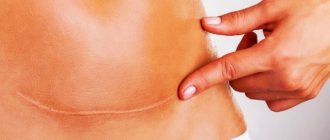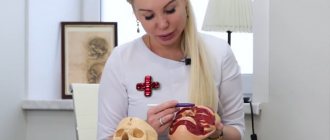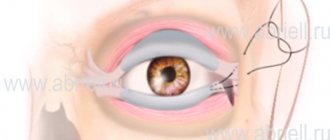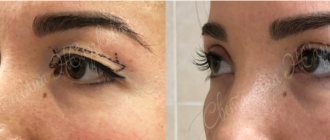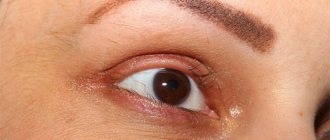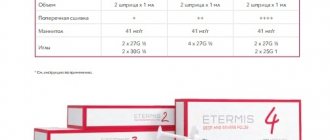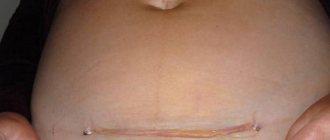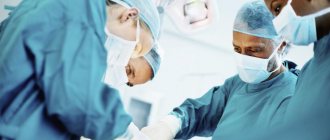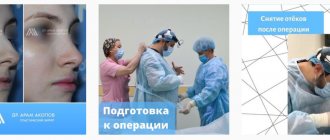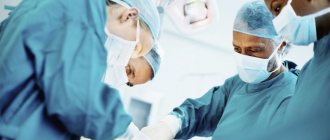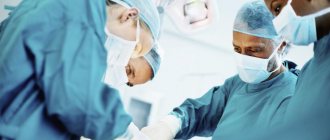Rhinoplasty is an operation to change the shape of the nose. Rhinoplasty is often performed simultaneously with septoplasty, a surgical correction of the nasal septum. After such an operation, breathing becomes easy and free without Mentos. Two of my patients independently said:
“It feels like the air is tickling my brain.”
I do not only aesthetic surgeries, but also reconstructive ones: restoration of the nose after injuries, congenital anomalies, and cancer. In difficult cases I use microsurgical techniques.
First I’ll show you a few cases, and then I’ll answer all your questions.
Photos before/after rhinoplasty
View all photos
Contraindications for rhinoplasty
- Medical contraindications to anesthesia;
- Autoimmune diseases;
- Blood clotting disorder;
- The presence of inflammatory phenomena in the area of intervention;
- Acute inflammation of the paranasal sinuses;
- Inflammatory changes on the skin of the nose;
- The previous nose surgery was performed less than six months ago;
Rhinoplasty should not be performed on professional contact sports athletes until their career ends.
Rhinoplasty in women requires taking into account the characteristics of the female body: the operation is best performed starting from the third day after the end of menstruation.
Nose wing correction
Rhinoplasty is a method that allows for correction in the most gentle way. This can be achieved due to the fact that during the operation there is no impact on the bone tissue and local anesthesia is used. These types of operations last no more than 20 minutes and do not cause severe swelling or bruising. All this allows you to minimize possible consequences for the patient’s body, recover faster and return to your usual way of life.
Correction of the wings of the nose makes it possible to change the size, shape, location of the nostrils, and eliminate congenital or acquired damage.
Rehabilitation after nose surgery
Immediately after the operation, the patient is in a ward in the clinic. In 95% of cases, the patient can return home within a day, in 5% - after two days.
The patient must come for an examination 5, 7 and 10 days after surgery;
The sutures are removed on the 7th day.
Bruises persist for 5-6 days, swelling in the nose area persists for 7-10 days.
The protective plate and internal splints are worn for 7-10 days.
What does the protective plate look like (not plaster!):
Protective plate for the nose after rhinoplasty ©Dikarev Alexey Sergeevich
What does the nose and face look like immediately after removing the protective plate and splints:
Nose surgery in 7 days ©Dikarev Alexey Sergeevich
I have collected detailed recommendations for the postoperative period in a separate file.
Rehabilitation after nose surgery - rhinoplasty
Operation video
To make it clear how nose rhinoplasty is done, we suggest watching a video of the operation.
Non-surgical rhinoplasty
They resort to it if small defects need to be eliminated. Performed in 5–7% of patients.
To smooth or change the angles of the tip of the nose, restore symmetry, and disguise the hump, fillers are used. The disadvantage of this correction is that after 12–18 months the fillers dissolve, leaving the risk of migration of the substance.
Absorbable drugs are also used. This way you can get rid of unevenness and bulges. The technique is used on the tip, wings, supra-tip zone, and occasionally on the hump. It takes place in several stages.
Aptos threads, which are inserted through punctures, allow you to tighten the tip and correct the shape of the wings. This technique is unpopular because there is a risk of thread breaking and rough scars appearing.
Complications after rhinoplasty
In my practice, I encountered 3 complications:
- Suppuration - 5 cases throughout the entire practice. The problem is detected and corrected within 5 days after surgery;
- Perforation of the nasal septum (“hole”) - 2 cases during the entire practice. The problem is detected and corrected within 24 hours after surgery;
- Nosebleeds - 1 case during the entire practice. The problem is detected and corrected within 24 hours after the operation.
The results of the operation (appearance, respiratory function) will be assessed no earlier than after 6 months. Until this period, the process of formation of scar tissue continues, and migrating microedema is possible, which changes both the external picture and appearance of the nose, and does not allow an objective assessment of the completeness of breathing.
It should be noted that according to official data from the American Association of Plastic Surgeons, 20% of patients who have undergone rhinoplasty seek reoperation due to complications or patient dissatisfaction with the results of the operation. In my practice this figure is 1%.
Indications
Open rhinoplasty of the nose is prescribed for these problems:
- Repeated surgery;
- Congenital defects (narrow nasal access, crooked septum);
- Asymmetrical side areas.
If you contact a competent surgeon, the effect of the procedure will not cause you to be disappointed.
Photo
Before and after results are shown in patient photos. They show what the nose will look like after open rhinoplasty.
Tests before rhinoplasty
Analyzes:
- General blood test (18 parameters) - valid for 10 days;
- Syphilis RPR - valid for 3 months;
- HIV - valid for 3 months;
- Hepatitis B - valid for 1 month;
- Hepatitis C - valid for 1 month;
- Coagulogram (5 parameters) - valid for 10 days;
- Total bilirubin - valid for 10 days;
- Potassium (K+), Sodium (Na+), Chlorine (Cl) - valid for 10 days;
- AST - valid for 10 days;
- ALT - valid for 10 days;
- Creatinine - valid for 10 days;
- Urea - valid for 10 days;
- Glucose - valid for 10 days;
- Total protein - valid for 10 days;
- Blood type, Rh factor - valid for 10 days;
- Taking blood from a vein - valid for 10 days.
Pictures:
- Electrocardiogram (ECG);
- X-ray or fluorogram.
Consultations:
- Anesthetist;
- Therapist.
What to do after rhinoplasty
Rehabilitation after nose surgery - rhinoplasty
After the operation - rehabilitation for 7 days (read above), after rehabilitation - scheduled examinations, which should be carried out in a month, six months, a year. Inspections are free.
What not to after surgery:
- Remove and adjust the protective plate;
- Remove the internal splints;
- Squeeze, move, press on the nose;
- Lift weights;
- Sunbathe, do cosmetic and cosmetic procedures on the nose for 3 months after surgery.
If the protective plate begins to come off, you feel pain, or want to take medicine, let me know right away and we’ll sort it out.
Open or closed rhinoplasty?
The traditional division of rhinoplasty into open and closed does not present a dilemma for me. In my practice, I use the open one for the reason that it ensures predictability of the result, and also allows, during aesthetic surgery on the nose, to create conditions for improving nasal breathing by changing its internal anatomy - functional correction. The last aspect is also valuable, since with age, due to changes in the qualities of collagen and connective tissue, senile (age-related) changes begin to develop, manifested by ptosis of the facial integument and a decrease in the elasticity of the tissues of the outer nose itself. And this leads to deterioration of nasal breathing in men aged about 35, in women - at 40. It is a curious fact that the fact of aging of the nose is almost not reflected in aesthetic literature. The only exception is the phenomenon of Baba Yaga with a hooked nose due to old age. And, perhaps, the expression “a nose like an old woman’s, crocheted.”
Being an adherent of the open method, which differs from the closed method for the patient only in the presence of a tiny, 4-5 mm, and invisible scar in the area of the columella or the bridge between the nostrils, I cannot help but say that closed rhinoplasty causes deterioration in breathing in a large percentage of cases, and It also does not allow manipulations to improve nasal breathing. This moment significantly complicates the situation both for the patient who has decided to undergo plastic surgery on the nose, and for the surgeon.
Rhinoplasty clinic in Moscow
High efficiency and complete safety of using the closed method are ensured thanks to the unique author’s development of Dr. Tigran Aleksanyan. The best plastic surgeon for rhinoplasty was one of the first practicing doctors to completely abandon open surgery. Today Tigran Aleksanyan successfully carries out a wide variety of operations of any degree of complexity using only a closed method. This allows you to reduce vascular damage and trauma during the operation, ensure an ideal final result, and significantly speed up the rehabilitation course and make it painless.
Bloodless rhinoplasty of the nasal tip provides an excellent opportunity to perform detachment and resection of soft tissues with minimal blood loss. At the same time, the impeccability of the result is achieved by eliminating complex injuries, which often cause the formation of certain thickenings, internal scars, facial expression disorders, and partial or complete numbness of tissues. Our plastic surgeons have proven in practice that the accuracy of predicting the final result when using the bloodless surgery method is several times higher. This is explained by the fact that the occurrence of postoperative complications and deformities has been reduced to almost zero. Therefore, we can fully say that Art Plastic is the best rhinoplasty in Moscow. Please note that there are contraindications for certain groups of people.
